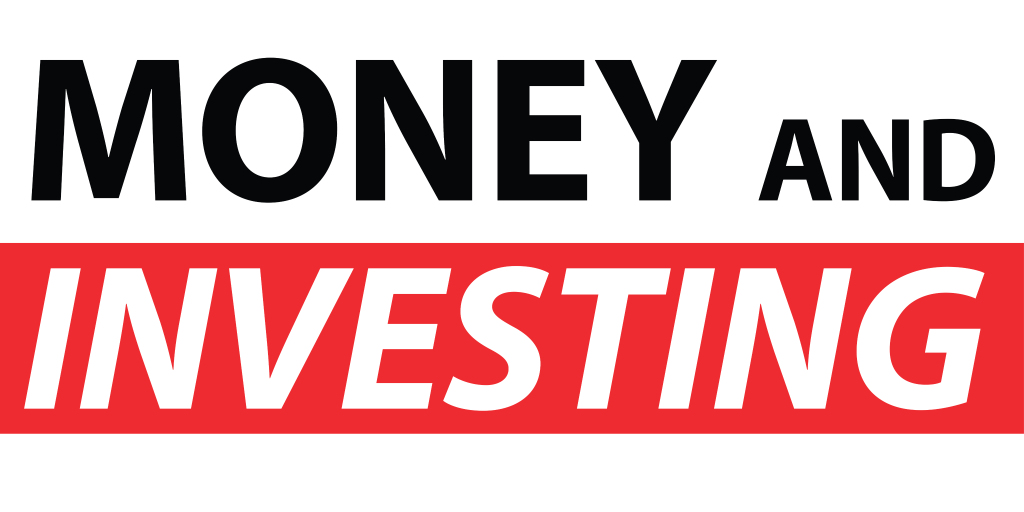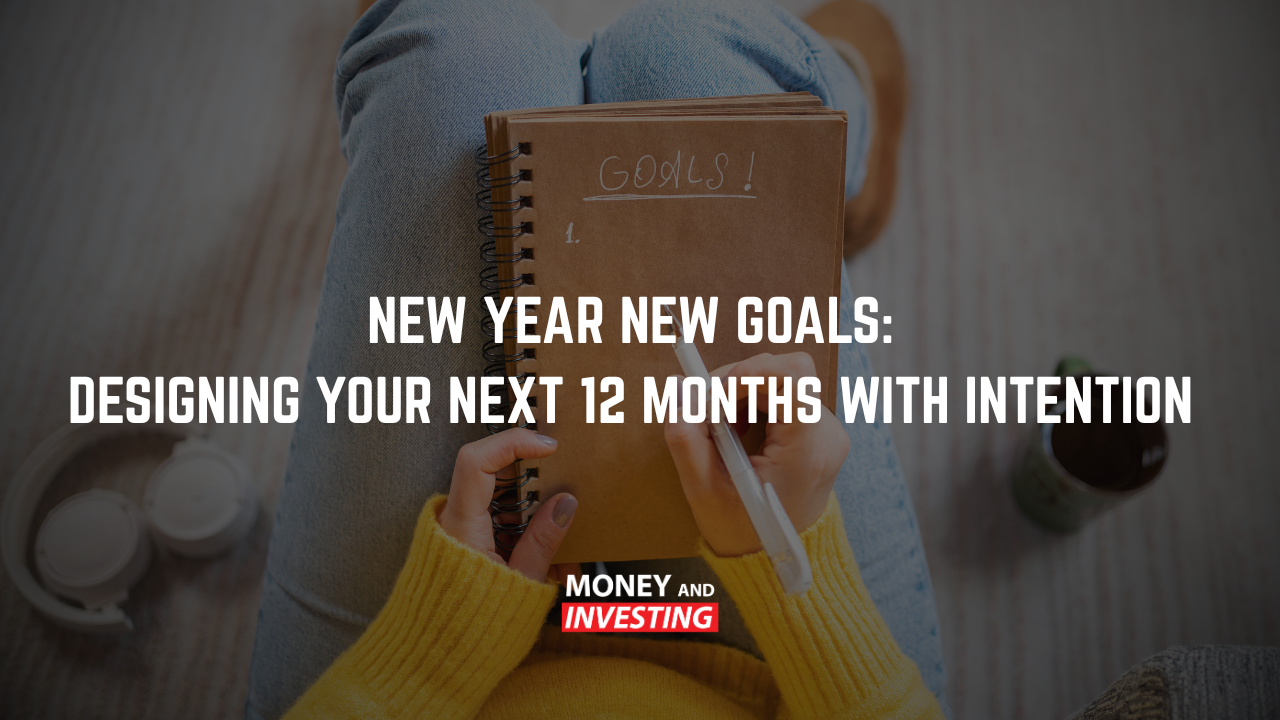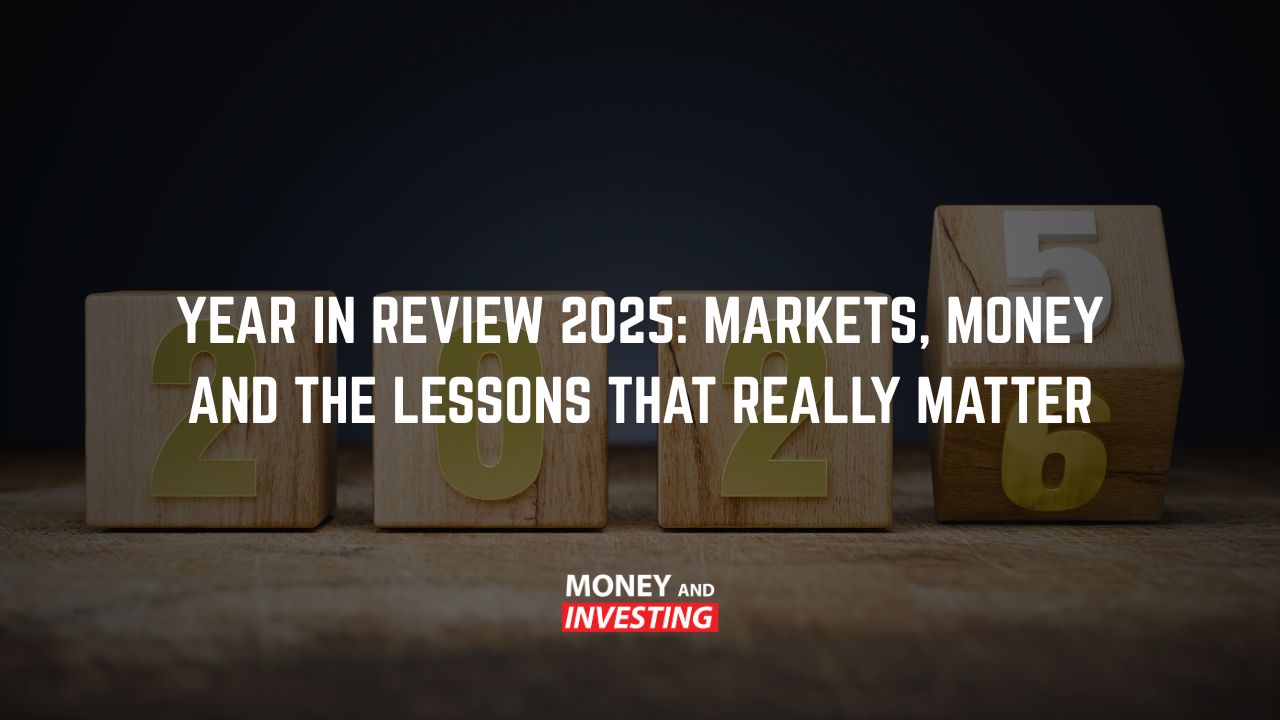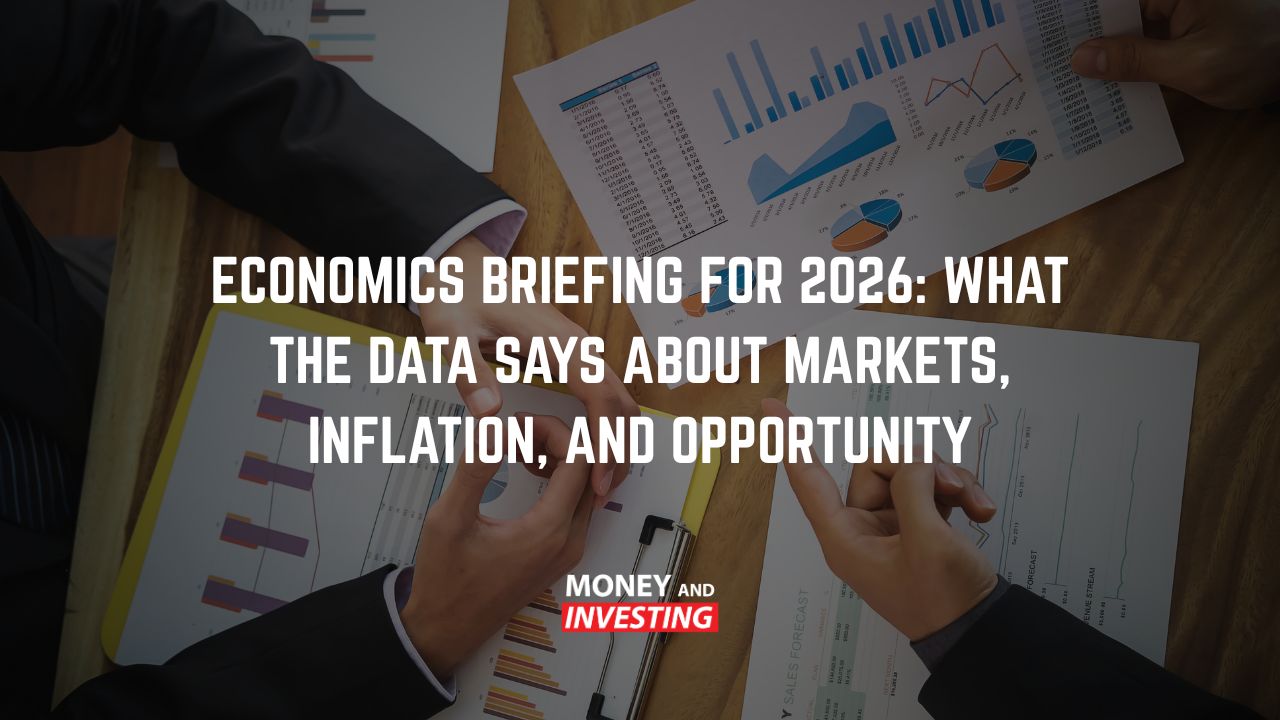Every bull market comes with the same challenge: how do you know when prices have gone too far? It’s easy to get swept up when everything’s climbing and breaking records. But if you ignore the warning signs, it can cost you big. Here’s how to spot overvaluation, manage your risk, and keep an eye on those early signals that a shift might be coming.
Why Rising Markets Mess With Our Heads
Markets climb over time. That’s nothing new. But what really catches investors out are the sharp drops in between. A sudden 20 or 30 percent dip sends people into panic mode. Instead of sticking to a plan, they bail too late, then wait too long to get back in. And those delays? They really hurt long-term returns.
The fix is discipline. Having a plan matters, especially when things feel smooth. That means knowing when you’ll sell, using clear valuation tools, and not just going with the crowd.
Red Flags in the Market to Watch: When a Stock Looks Too Pricey
Buying a company isn’t about its past. It’s about what it might earn in future. That’s why forward-looking numbers like the 12-month PE ratio are so widely used. When that number’s way above the forecast, it’s a red flag. Basically, the price has run ahead of reality.
Of course, those forecasts are based on a whole bunch of things that can change like interest rates, exchange rates, and consumer habits. So while it’s not perfect, PE ratios are still a handy comparison tool across different companies.
CBA: Great Bank, But Is It Worth the Price?
Let’s take a look at Commonwealth Bank. Top-notch leadership, strong position in the mortgage market, and well-run overall. But here’s the thing. It’s kind of hit a ceiling. It can’t really grow through takeovers, and post-Royal Commission rules mean it can’t become some financial mega-conglomerate.
So where does growth come from now? Maybe digital upgrades or trimming costs, but that’s not guaranteed. Even though it’s a great business, it’s now the most expensive bank on the planet. That’s one of those red flags in the market to watch.
Nvidia vs. CBA: Same Valuation, Different Story
Now, look at Nvidia. It’s expensive too, but the story’s different. They’re leading the AI charge and still pumping out strong results. In this case, the valuation lines up with a real future opportunity.
So just because something has a high PE doesn’t automatically mean it’s overhyped. What matters is whether the future growth justifies the price. If not, you might just be buying into the buzz.
Low Volatility? That Can Be a Warning Too
Here’s a sneaky red flag to keep on your radar: low volatility. When markets rise and things feel unusually calm, that’s often when investors let their guard down. But low volatility in an overpriced market is worth a second look.
A smart move here is to consider protecting your gains. Strategies like a “zero-cost collar” let you lock in some profit without giving up all the upside. You don’t have to jump on every red flag, but when things look too good to be true, it’s worth preparing anyway.
Broader Economic Signals
Stocks are just one part of the picture. Here are a few big-picture indicators that could hint at trouble ahead.
1. Unemployment:
Job numbers say a lot. If unemployment starts rising, it often means people are spending less which hits company profits eventually. The numbers get tweaked all the time, but the trend matters more than the headlines.
2. Inflation & Interest Rates:
High inflation usually means rate hikes. And when interest rates rise, it can shake markets pretty hard. These cycles play out over months or years, not weeks.
3. Freight Activity:
This one’s a bit left-field, but the Baltic Dry Index, which tracks global shipping costs, gives a sense of trade demand. If it drops sharply, it can be a sign things are slowing down.
What Past Crashes Can Teach Us
Every major crash had its warning signs. The dot-com bubble had sky-high tech stocks with no profits. The GFC had dodgy mortgage securities no one really understood. COVID was an external shock, sure, but the panic showed how fragile markets can be without a buffer.
Each time, the red flags were there for anyone willing to look. That’s why spotting the red flags in the market to watch matters so much. They help you act before the rug gets pulled.
Create a Checklist. Stick to It.
If you want to avoid getting caught out, build a process you can actually follow, especially when emotions start to take over.
Ask yourself:
- Is this stock overpriced for its sector?
- Is growth based on real earnings or just good vibes?
- Can it keep paying dividends?
- What could go wrong like politics, regulations, or the economy?
- Does it fit my long-term strategy?
When you’ve got a system, you’re way less likely to make fear-based decisions.
Final Thoughts: Get Ready Before the Market Moves
Most people only react after the market tumbles. But by then, the damage is done. The smarter move is to use calm periods to get your ducks in a row.
If you’ve made solid gains, protect them. If something looks overpriced, take a closer look. Is it backed by real growth or just floating on the hype?
Markets will always have ups and downs. But by paying attention to the red flags in the market to watch and acting before things unravel, you’ll put yourself in a much stronger position long-term.
Visit www.wealthplaybook.com.au to grab your copy of our bestselling book and get the tools you need to make informed investing decisions.



